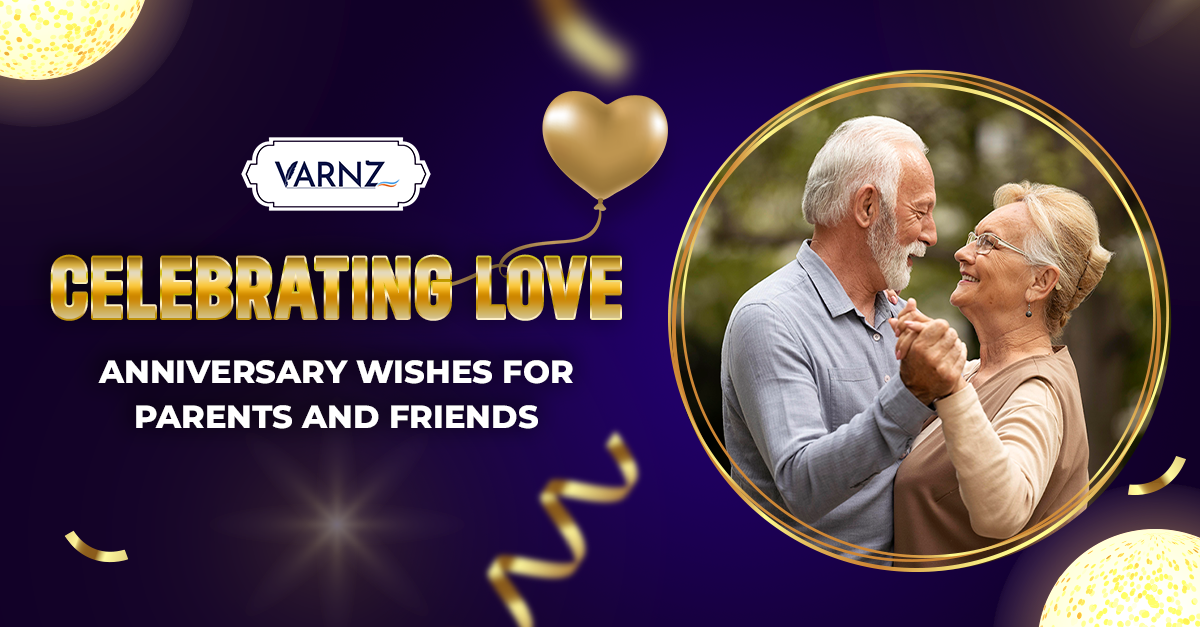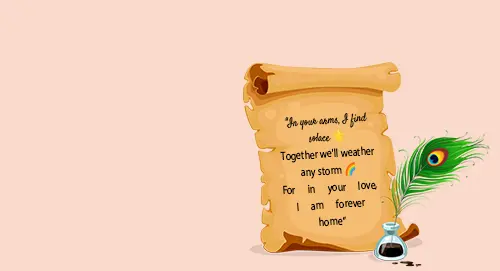Halloween, celebrated on October 31st, is a festival rich in history, tradition, and fun. From spooky decorations to trick-or-treating, this day brings excitement for children and adults alike. But what is the true story behind Halloween? In this blog, we’ll explore its origins, its evolution through the ages, and its significance in modern culture.
The Origins of Halloween
Ancient Roots
Halloween’s roots can be traced back to the ancient Celtic festival of Samhain, which was celebrated over 2,000 years ago in what is now Ireland, the United Kingdom, and northern France. The Celts believed that on the night of October 31st, the boundary between the living and the dead became blurred. They thought that the ghosts of the dead returned to earth, causing havoc and damaging crops. To ward off these spirits, people would light bonfires and wear costumes, often made from animal skins, to disguise themselves.
The Influence of Christianity
As Christianity spread across Europe, many pagan traditions were absorbed into Christian celebrations. In the 8th century, Pope Gregory III designated November 1st as All Saints' Day, a time to honor all saints and martyrs. The evening before, known as All Hallows' Eve, gradually became known as Halloween. Over the centuries, Halloween evolved into a day of feasting and merrymaking, moving away from its darker origins.
Halloween TrCreate Guru Nanak Jayanti Cardsaditions

Trick-or-Treating
The modern practice of trick-or-treating has its roots in ancient customs. During Samhain, it was common for people to dress up in costumes and go door-to-door, asking for food. In medieval times, this practice morphed into “souling,” where the poor would offer prayers for the dead in exchange for food on All Hallows’ Eve.
The term "trick-or-treating" became popular in the United States in the 1930s and 1940s. Children began to dress up in costumes and visit neighbors, demanding treats. If they didn’t receive a treat, they would play a harmless trick on the homeowner. Today, trick-or-treating is a beloved Halloween tradition, with children adorning costumes ranging from cute to scary as they collect candy and treats from their neighbors.
Halloween Costumes
The tradition of wearing costumes during Halloween is deeply rooted in the belief that disguises could help ward off evil spirits. In the early days of Halloween, costumes were primarily made from natural materials. As time went on, costumes became more elaborate and commercially available. Today, Halloween costumes range from traditional witches and ghosts to pop culture icons, allowing everyone to express their creativity and imagination.
Jack-o’-Lanterns
Carving pumpkins into jack-o’-lanterns is another popular Halloween tradition. This practice originated from an Irish legend about a man named "Stingy Jack," who tricked the devil and was doomed to wander the earth with only a carved turnip to light his way. Irish immigrants brought the tradition to America, where they found pumpkins to be more suitable for carving. Today, jack-o’-lanterns are displayed on porches and windows, adding to the festive atmosphere of Halloween.
Haunted Houses and Halloween Parties
In modern times, haunted houses and Halloween parties have become synonymous with the celebration. Haunted attractions often incorporate elements of horror and suspense, inviting thrill-seekers to experience frightful scenarios. Halloween parties, on the other hand, encourage social gatherings, complete with costumes, themed decorations, and spooky treats. These events allow people to connect and celebrate the holiday in a fun and engaging way.
Cultural Significance of Halloween
A Celebration of Community and Creativity
Halloween fosters a sense of community as neighbors come together to celebrate. Trick-or-treating allows children to interact with their community and build relationships. Halloween parties provide opportunities for socializing, fostering connections between friends, family, and colleagues.
Additionally, Halloween encourages creativity. From costume design to pumpkin carving, the holiday allows individuals to express themselves artistically. This creative outlet is not only enjoyable but also serves as a way to celebrate individuality and imagination.
A Reflection of Modern Society
Halloween has evolved significantly over the years, reflecting societal changes and cultural shifts. In recent years, Halloween has become increasingly commercialized, with businesses capitalizing on the holiday through decorations, costumes, and themed products. This commercialization has transformed Halloween into a major retail event, with consumers spending billions of dollars annually.
Moreover, the themes and symbols associated with Halloween often reflect contemporary fears and anxieties. From horror films to ghost stories, Halloween serves as a platform for exploring darker aspects of human nature in a safe and entertaining environment.
The Global Celebration of Halloween

While Halloween is primarily celebrated in the United States and Canada, its influence has spread across the globe. Countries like Mexico and Spain celebrate similar festivals, such as Día de los Muertos (Day of the Dead), which honors deceased loved ones. In Asia, festivals like the Hungry Ghost Festival recognize ancestral spirits, demonstrating the universal theme of remembering and honoring the dead.
Halloween in Different Countries
United Kingdom: Halloween traditions in the UK include apple bobbing, where participants try to bite apples floating in water. Children also engage in trick-or-treating, similar to the American custom.
Mexico: Although not strictly Halloween, Día de los Muertos is celebrated around the same time, with families honoring their deceased loved ones through colorful altars, offerings, and festivities.
Japan: In recent years, Halloween has gained popularity in Japan, particularly in urban areas. The celebration often includes elaborate costumes and street parties.
Ireland: As the birthplace of Halloween, Ireland celebrates with bonfires, feasting, and traditional games. The emphasis on storytelling and folklore remains a significant aspect of the holiday.
Conclusion
Halloween, with its rich history and diverse traditions, remains a beloved celebration worldwide. From its origins in ancient Celtic rituals to its modern-day festivities, Halloween continues to evolve while retaining its core elements of community, creativity, and a touch of spookiness. As you prepare to celebrate this exciting holiday, consider how you can honor its traditions while creating new memories with family and friends.
To enhance your Halloween celebrations, consider using Varnz to create personalized AI Generated Halloween Greeting Cards. Varnz offers a range of features that make designing unique, heartfelt cards quick and easy. Here are some of the meaningful and useful features Varnz provides:
User-Friendly Interface: Varnz is easy to use, allowing anyone to create beautiful Halloween greeting cards in minutes.
AI-Powered Suggestions: The platform uses AI to offer creative suggestions for messages and designs, ensuring your card reflects your emotions perfectly.
Free AI Tool: Varnz is free to use, so you can share your festive greetings without any additional costs.
Multi-Language Support: Varnz allows you to create personalized cards in various languages, making it easier to connect with loved ones across different regions.
Personalized Greeting Cards: Choose from a wide selection of customizable templates or create your own design to make your greeting card truly special.
By using Varnz, you can add a personal touch to your Halloween greetings and make this celebration even more memorable!













































































